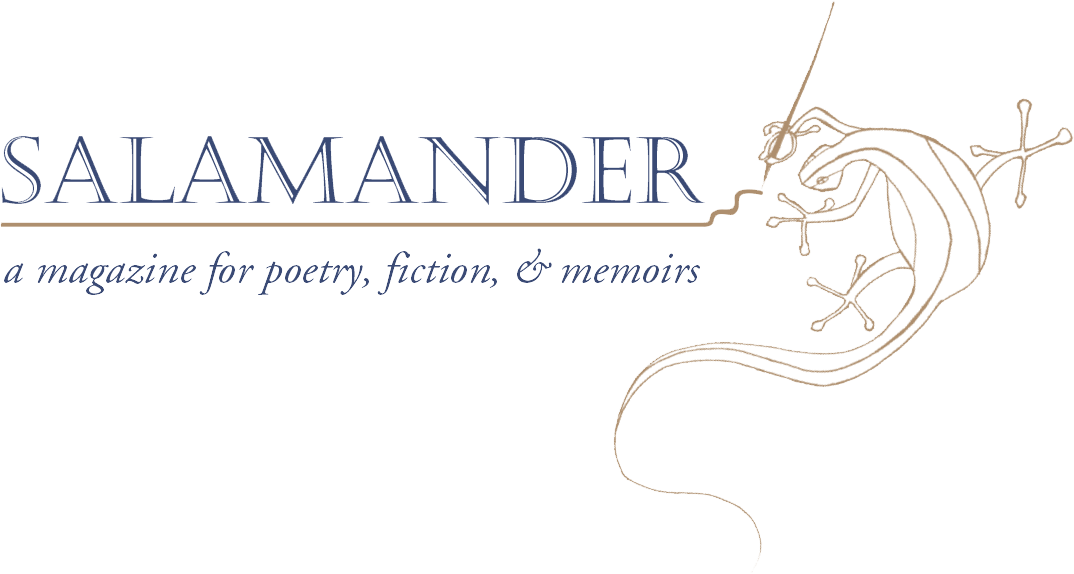Outside Is the Ocean by Matthew Lansburgh (University of Iowa Press, 2017).
Winner of the 2017 Iowa Short Fiction Award, Matthew Lansburgh’s first collection possesses the satisfying reach and depth of a novel. The fractured chronology of its fifteen stories enacts the chaotic, sometimes traumatic experiences of the central characters—a German post-war immigrant named Heike and her vulnerable, fiercely intelligent, yet isolated son Stewart. Structurally, the collection returns the reader to a time, not so distant really, when people wrote letters and life was not so frenetically paced. Each of the stories has a date as part of its title. The earliest, “California (1967),” introduces thirty-year-old Heike, who arrives in California from Germany after the war. Almost half a century later, in “Enormous in the Moonlight (2014),” Heike writes to her now-estranged adult son, Stewart, addressing him as “Mein lieber Sohn” (My beloved Son). Her letter offers a window into who Heike is, and why: she acts and reacts with the vehemence of a child whose development was arrested during and after the war. At the same time, we see an old woman’s struggle—any mother’s struggle—to bear the fact that her son has abandoned her. The collection focuses on Heike and Stewart individually, and also, inevitably, on their intimacy as mother and son, a relationship that is dysfunctional yet at times devastatingly beautiful.
As a central character and a complex, dangerous force, Heike is always a child of World War II Germany and also the vulnerable young woman who comes to the U.S. to realize a better life. This dream of America leads Heike to her first husband Raymond, Stewart’s father, a disturbed man who lives at the edge of a forest. In “House Made of Snow (1978),” Raymond forces a very young Stewart to read aloud from “Hansel and Gretel” on a cold winter night. When Stewart falters, his father sends the small child out into the snow. Raymond is a deadly character, one allied with Thanatos, and, in keeping with the archetypal, pagan feel of many of these stories, he calls to mind Goya’s image of Cronus devouring his young. As with many who commit acts of harm, Raymond is powerless in the larger world, which feeds into his misuse of his authority over those whom he should protect and love. As for Heike, like characters in the world of fairy tales, she is the vanishing or subconscious past, palpable and bizarre, and sometimes terrifyingly funny.
